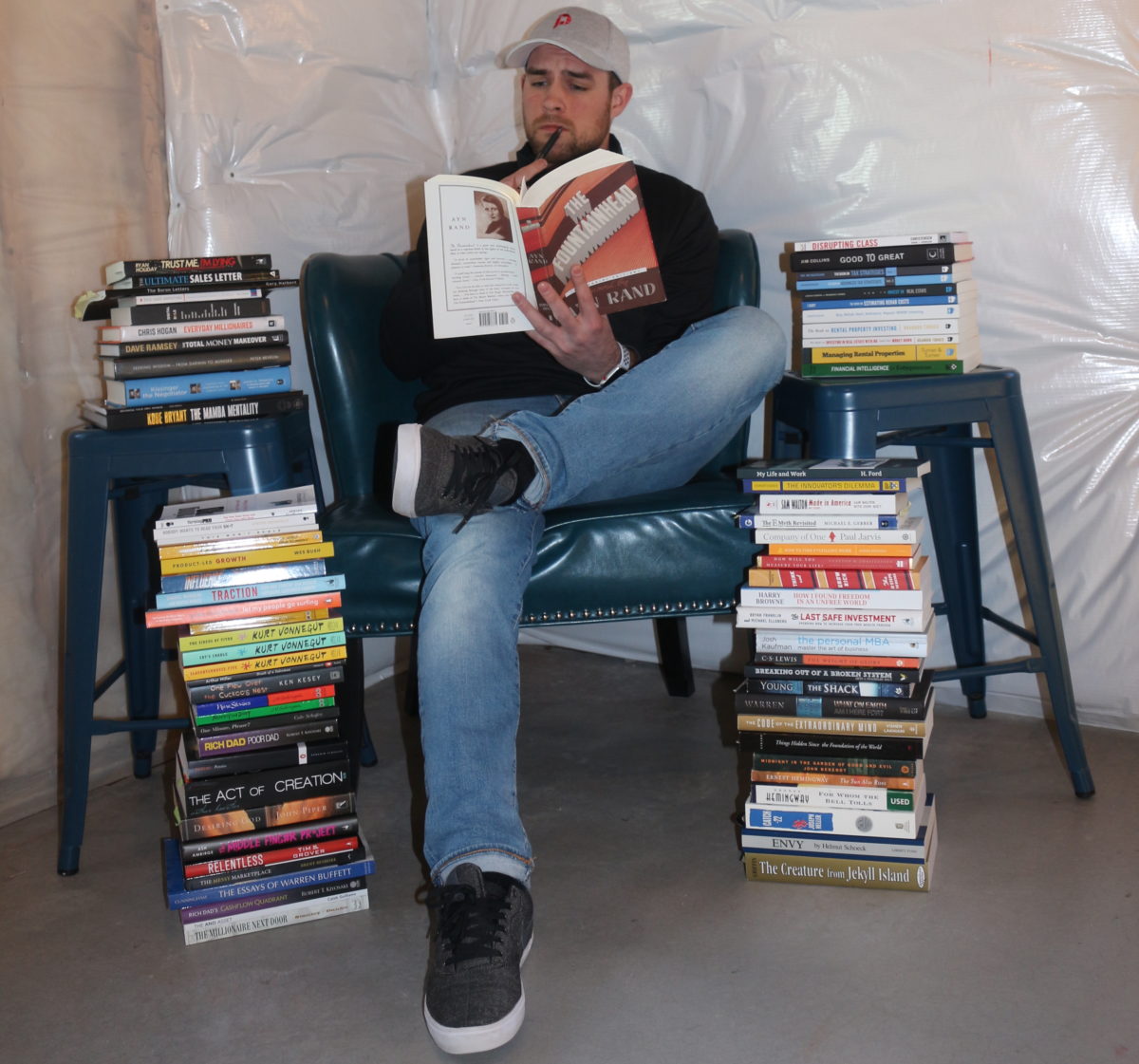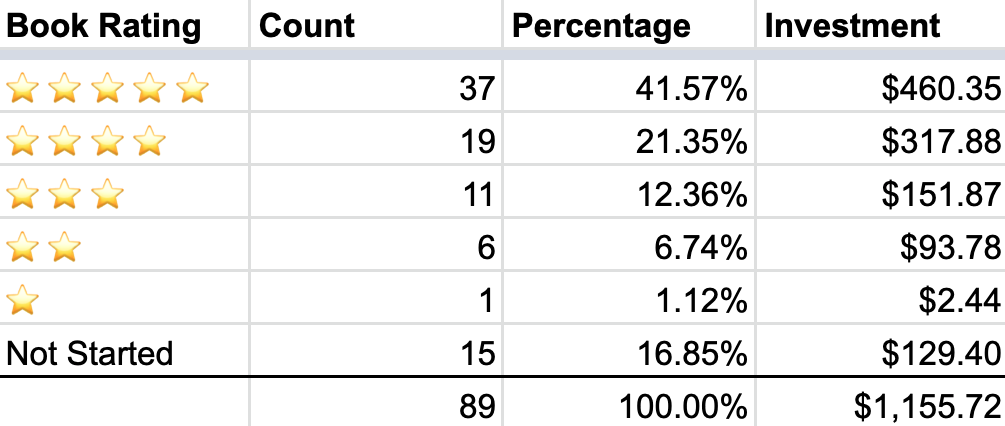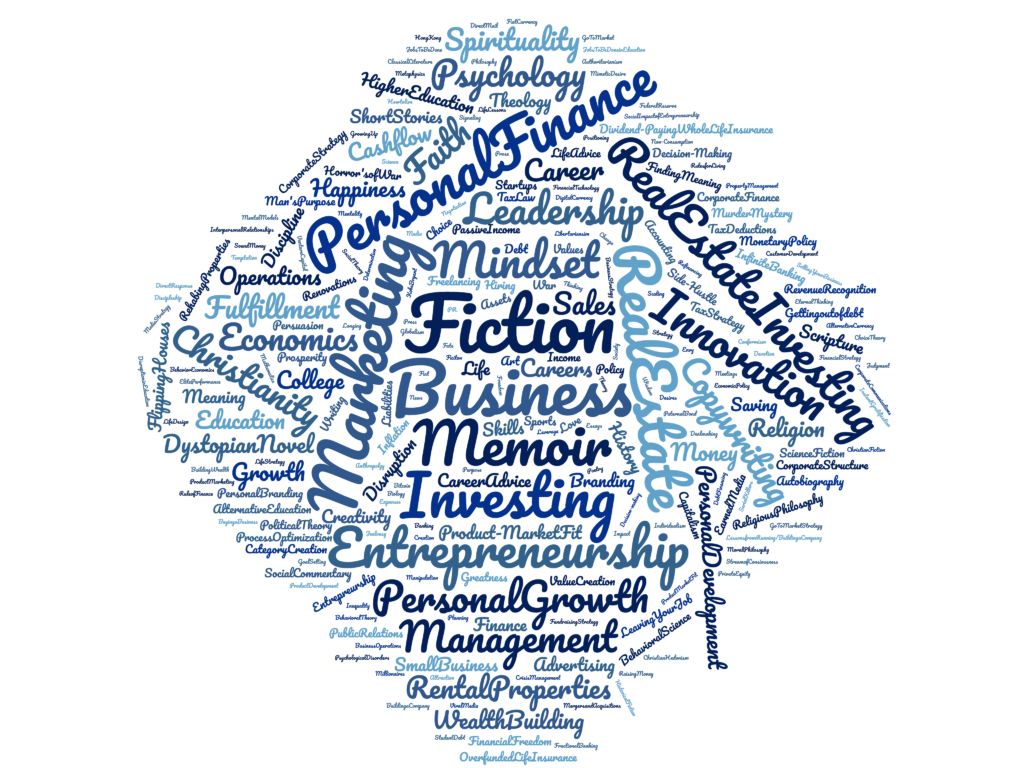I had a helluva week last week. A lot of shit outside my control almost derailed my week, my work, and my attitude. Except then I remembered an important truth and it turned everything around (well, almost everything). But I’m getting ahead of myself.
A Case of the Mondays
By the time I sat down at my desk and fired up my laptop last Monday morning, my inbox was already overflowing. I had a long to-do list. And I was fired up.
I love Mondays so spirits were high. It was going to be a great week. I could feel it.
Minutes after logging on, my laptop bit the dust. I don’t just need a laptop to work. My laptop is my work. My business runs almost entirely online. I spend 60% of my day banging on a keyboard. And the other 40% on video calls.
The nearest Apple store was 20 minutes away. So I jumped in the car fully prepared to go buy a new device. But holding out hope it might be an issue tech support could fix quickly.
I showed up to the store minutes after it opened. But a surprise was waiting for me. Just that morning, the store began operating on scheduled appointments only – even if you just needed to buy something.
In order to get in, you needed an appointment, a clear temperature, and a mask. (Did I mentioned I forgot a mask?) The rep at the door told me the soonest available tech support appointment was 10 days away. But I could get in to buy a laptop if I was willing to wait 2 hours. The day is saved!
I jumped in the car. Drove 5 miles the other direction. Bought a mask. Drove back. Waited in the parking lot for an hour. Got in the store. Purchased a new device. And good fortune struck – they let me drop off my broken laptop.
By the time I got back home, it was 3:30 pm. I’d spent pretty much the whole day chasing my tail. I was frustrated. But I told myself to chill out.
“Take a breath, Mitch,” I advised myself. “You can’t win ’em all.”
Fail Friday
I planned to drive to Denver Friday. Part of the team was flying in. We planned to work together that afternoon, then do happy hour that evening. I looked forward to seeing everybody.
But fate had other plans.
I booked a rental car Thursday afternoon. It cost $60. What a steal, I thought. I pulled up to the airport at 6:30 am. Which is where I learned about my mistake. Apparently I’d booked the wrong date. No cars available. Time to make a hard sell.
“Ma’am, I’ve got to be in Denver today. I’m willing to get creative. What’s it going to take?”
Her fingers flew over the keyboard. She began negotiations over her walkie talkie.
“I can get you to Denver today as planned,” she said. “But it’s going to cost you.”
She swiped my card for three times the anticipated cost. Then directed me to the pickup station. I counted my blessings and skipped off happily into the sunshine. Well, kind of.
I jumped in the car and hit the road. Two stops before Denver. First, to grab a coffee. Then to swing by the house for a few personal effects. I love a good morning commute. I had an audiobook loaded up. This was going to be a great day.
Lol.
I pulled off at one of those fancy Super Targets with the Starbucks inside. Just happened to be on the route back home. I was feeling extra froggy too. Because I ordered a Big Boy Coffee. (Venti Blonde Roast with a Blonde Shot).
I marched back out to the car ready to go. And that’s when I discovered I was in for quite a ride. Just not the ride I expected.
I tried to unlock the car. No dice. All they’d given me was a key with a chain. No fob.
Once. Twice. Three times I tried. That lock was not budging. I circled the perimeter. No other keyholes. Four. Five. Six times I tried again.
I took a deep breath. This is just a cruel prank. I’m going to turn this around.
And that’s when I noticed a bright pink sticky note on the keychain.
“Won’t unlock when locked” the note read. Brilliant!
So I dialed the front desk. Who redirected me to a roadside emergency line. Sat on hold for half an hour. Called back into the desk. Explained the situation. Transferred my call. Then again. Then back again. Finally a voice that said help is on the way.
A half hour passed. Then another. I began pacing around the car. The Super Target Mom’s club was beginning to show up. Concerned stares directed my way. I kept pacing. Once. Twice. Three times I circled the car. Four. Five. Six times. I felt like Joshua and the Israelites circling Jericho.
Another half hour passed. Temptation started a conversation. I could be in and out of Target with a lawn chair, beach umbrella and a six pack in no time I thought to myself. Tailgating Target – all these shopping moms would love that, I bet.
I considered smashing the window. Insurance will cover it, right? I wasn’t in the mood to cause a bigger scene. So I waited. And I paced.
After two hours hanging out in the Target parking lot, a mechanic showed up and picked the lock. I decided to cancel my trip. Returned the car. Stopped by for a refund. And summoned a $30 Uber ride home.
“I’m still going to make the most of this day,” I told myself.
I was down but not out.
From Pissed Off to Pacified: A Tale of Two Parking Lots
I spent combined 4.5 hours sitting in parking lots last week. Just waiting.
Circumstances outside my control put me in those parking lots. But I had a choice to make. I could wait angry. Or I could let it be.
Both times I defaulted to frustration. But why? Frustration did not change the situation. Except to make waiting more painful.
I failed to shake it off Monday. I let a situation beyond my control ruin my day. And I marked an “L” in the win-loss column on the day.
But Friday I remembered an important truth. One that turned everything around. I could not change the situation. But I could change my attitude.
So instead of pacing angry. I decided to laugh.
I laughed at the statistical improbability of renting the one car that didn’t unlock with its key.
I laughed at the ridiculousness of being stuck in a Target parking lot for two hours on a Friday morning that was not Black Friday.
I laughed at the idea of driving down a highway with a smashed out window. And I laughed at the image of returning the car and telling the story.
I laughed at the thought of a Target Mom calling the police to report somebody breaking into a rental car in the parking lot. And I laughed at the hilarity of a hypothetical front page local newspaper detailing the arrest and the silly circumstances that led to it.
And finally, I laughed at myself for getting mad over something I could not control.
Sometimes life throws curve balls. You can whine about it. Or you can learn to adjust. Things do not always go as planned. (Imagine how boring life would be if they did?)
But you always have a choice about how to respond.


